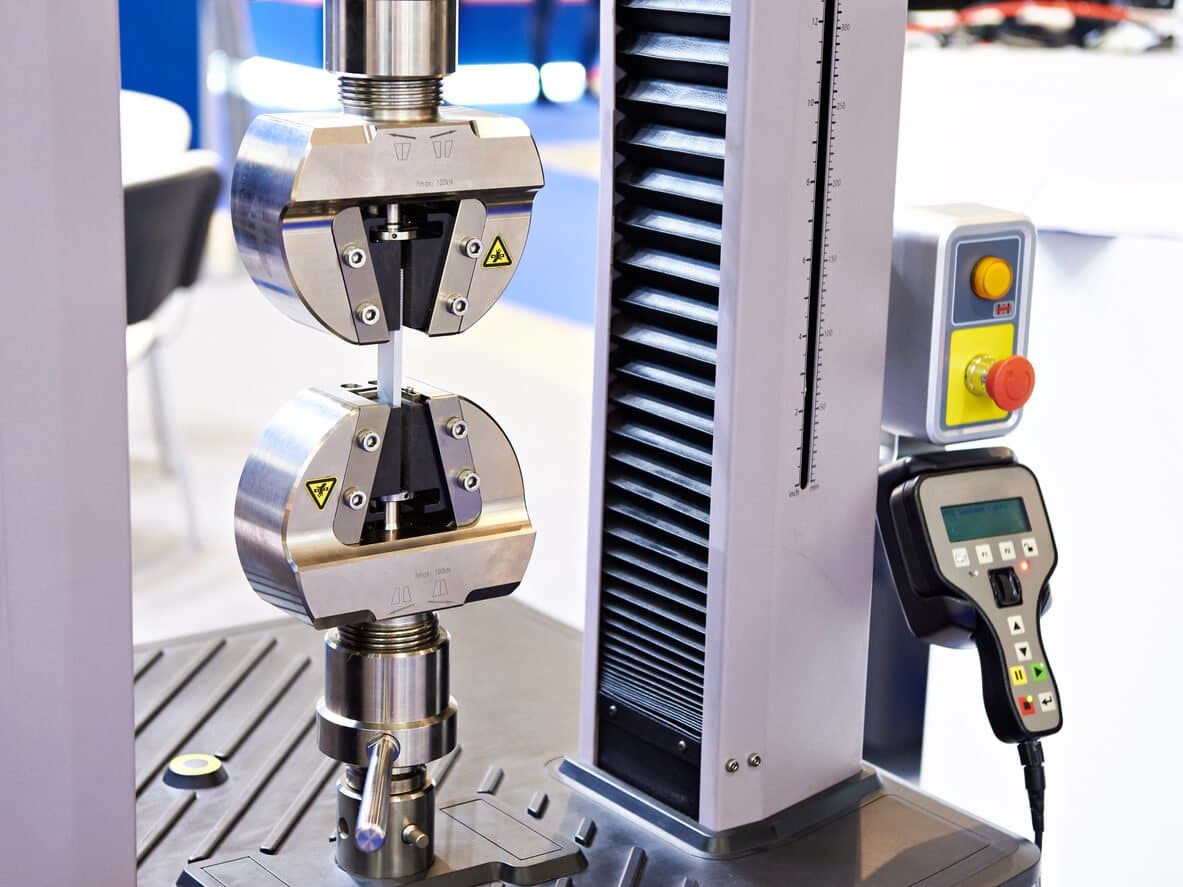The International Safe Transit Association, or ISTA, is an organization that creates standards for packaging design to ensure the safe arrival of the package’s contents. ISTA continually tests its standards to ensure packaging designs can withstand harsh shipping conditions based on the package’s size, weight, and potential transportation hazards like temperature, vibrations, drops, horizontal impacts, compression, and other factors. As a result of ISTA’s work, product manufacturers gain several advantages:
- Reduced losses due to damage incurred in transport
- Higher product quality
- Less waste
- Greater customer satisfaction
Product manufacturers can use ISTA’s extensive research and testing when designing their packaging and improving the way products reach their end destination.
Who is ISTA?
The International Safe Transit Association (ISTA) is a non-profit organization that helps companies optimize their packaging and transportation operations. ISTA offers a wide range of test procedures and guidelines for packaged products, which helps manufacturers ensure the safe arrival of their products at their destinations. The organization has been around for over 70 years and has made significant contributions to the packaging industry.
What is an ISTA Laboratory?
ISTA has established a network of certified testing laboratories worldwide. These laboratories are authorized to conduct ISTA tests and certify that packaging materials meet the association’s standards. ISTA laboratories are equipped with state-of-the-art equipment and testing procedures to simulate the various conditions that packaged products may encounter during transportation, including temperature, vibration, compression, and drops.
Types of ISTA Tests
ISTA has developed a range of tests that are grouped into series. Each series of tests is designed to address specific hazards that packaged products may face during transportation. The following are the different series of tests that ISTA offers:
1 Series: Non-Simulation Integrity Performance Tests
The 1 series of ISTA testing is meant to simulate the typical hazards that packages encounter in transit. This series includes tests for how well packages can withstand dropping, impacts, vibrations, and compression. These tests are conducted without simulating the actual transport environment. Instead, this test report is intended to examine the product’s packaging under controlled conditions to identify potential weaknesses.
2 Series: Partial Simulation Performance Tests
The 2 series of ISTA testing simulates the actual transport environment but focuses on specific hazards that packages might encounter during transport. These tests examine the effect of horizontal impact and vibration on packaged products. These tests aim to identify potential weaknesses in the package’s design so that testing personnel can provide recommendations to improve the packaging’s resilience. The tests are intended to simulate the impact of a package on the ground during transport, but they do not simulate the actual surface of roads or highways.
3 Series: General Simulation Performance Tests
The 3 series of ISTA test procedures are designed to simulate the actual transport environment more closely. These tests use a combination of random vibration, drops, and other types of impacts to evaluate the package’s ability to withstand the rigors of shipping. The 3 series tests comprehensively assess a package’s performance and are often required by retailers and distributors.
In addition, the ISTA 3 series tests also consider the optimization of package size, weight, and distribution, making them more tailored to specific products and easy for shippers. As such, passing these tests can give manufacturers and distributors a competitive edge in the market by demonstrating the reliability and durability of their transport packaging in difficult conditions.
4 Series: Enhanced Simulation Performance Tests
The 4 series of ISTA testing is the most rigorous and comprehensive of all the test series. These tests simulate the most extreme conditions that a package might encounter during transport. They combine the effects of atmospheric hazards, such as temperature, humidity, and pressure, with mechanical hazards, such as a vibration test and shock. The 4 series testing equipment is intended to identify any potential weaknesses in the package’s design and provide recommendations to improve its resilience.
5 Series: Focused Simulation Guides
The 5 series of ISTA testing provides guidance for specific packaging and shipping scenarios. These tests evaluate the performance of packages for unique distribution situations such as e-commerce, hazardous materials, and temperature-controlled products.
The 5 series of ISTA testing is especially important for companies looking to optimize their packaging for specific transportation scenarios. With the rise of e-commerce and the increasing demand for temperature-controlled shipping, the 5 series tests offer a valuable resource for an ISTA member, ensuring that their packages are designed to meet the test levels and unique challenges of modern shipping.
By testing methods for packaging under specific conditions, companies can identify potential issues in sustainability and less-than-truckload issues and make improvements to reduce product damage, improve customer satisfaction, and minimize overall shipping costs.
6 Series: Member Performance Tests
The ISTA 6 Series includes a range of member performance tests for package testing. One of the most important tests in the ISTA 6 Series is the 6-Amazon -SIOC test, which simulates the distribution environment packages are likely to encounter during shipping in the Amazon distribution system.
7 Series: Development Tests
The 7 series of ISTA testing is designed for companies that are developing new packaging and want to ensure that it will meet ISTA standards. These testing services provide a preliminary evaluation of a package’s performance and transit testing and identify any potential weaknesses of its own container before it is released for use.
ISTA’s Role in Package Design
When a part or product leaves the factory, the manufacturer must feel confident that the product will reach the next stop on the supply chain in perfect condition. Otherwise, they risk having the damaged product returned to their factory, which results in a monetary loss and wasted resources.
Because ISTA puts products and packaging through extreme tests, companies often turn to their standards to guide product-package design. The ultimate goal is for the package to provide protection during transit, and ISTA provides the testing to account for a multitude of hazards that many manufacturers may not be aware of or have no way of testing for themselves.
When using ISTA data and research, companies can design more effective and efficient packaging and reduce costs associated with transportation-related losses. When products arrive pristine, reputations and bottom lines alike will soar.
Simplifying Package Requirements with SDM
An ongoing challenge for manufacturers is managing different packaging specs for different products and buyers. Not only do packages need to meet ISTA standards, but they may also vary according to distributor requirements. Legacy systems only complicate package spec management, as they often take the form of inefficient spreadsheets and static documents that may not be up-to-date with the latest developments.
Specification Data Management™ (SDM™) fills in gaps left behind by legacy systems via organizing data at the spec level, including package design details. Companies can rely on SDM as a single source of truth that is shared, accessed, and updated by multiple employees across the organization. Package data can be viewed by any supply chain stakeholder to ensure consistency, compliance, and to confirm you have the most up-to-date information available.
How Specright Supports Digitized Package Design
Specright’s SDM platform revolutionizes package design by providing unparalleled DNA-level insight into every product. By leveraging the power of customizable templates, manufacturers can digitize their product lines and effortlessly capture essential details across all aspects of a product. This streamlined approach ensures that each product, distributor, or customer’s unique package requirements are seamlessly tied into the platform, facilitating fluid transportation.
Additionally, companies can easily organize packaging data, including ISTA control standards. If ISTA standards change, updates can be quickly made in the SDM platform to ensure ongoing compliance. Specright’s enhanced simulation capabilities and test lab services are also available for companies seeking to streamline their package design and testing processes.
With features like ASTM and compression testing, unitized load analysis, and 6-Amazon.com-over boxing, Specright is the ideal solution for manufacturers looking to optimize their package design processes.
Download our ebook today to learn more about how Specright can help you streamline your package design process.
Explore More Blogs
Get Started
With Specright’s Solution Suite, you can digitize, centralize, and link your specification data to drive efficiencies, intelligence, traceability, and collaboration within your organization and across your supply chain network.




